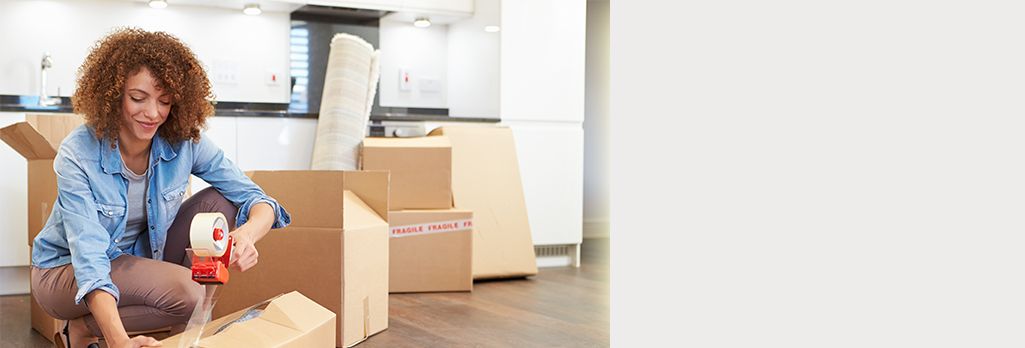Despite the urgent change, they worked with me and the move was still efficient and well-done.
Ryder C.
Thanks to Removal Services Finland , my move was easy, quick, and affordable. Everything went according to plan--no hiccups at all.
Julia E.
The movers arrived as scheduled, communicated clearly, and were attentive to instructions, treating our things with care.
K. Meeker
Very efficient, polite, and helpful staff who stayed in contact and made things easier for my partner by stacking the boxes high.
Yesenia A.
Wonderful job by Finland Removal Company! Professional and courteous movers finished our large move in just one day. I recommend them to everyone.
S. Maldonado
Very happy with the speedy and professional movers. Even without heavy furniture, all my personal things were relocated within hours at a great value.
Tristen Counts
This was our second time moving with FinlandRemovals Finland Removals and once again the removals crew went above and beyond. A big thank you to the whole team!
J. Aaron
Excellent service--reliable, timely, and careful. The removals crew managed to get awkward furniture pieces out of our property and delivered everything as promised.
D. Fleck
First-class service from Removal Services Finland ! Office personnel and movers were both consistently helpful and pleasant.
Lester Berman
Booking was fast and straightforward. The movers were fantastic--despite the heat, they didn't complain once. They were courteous, dependable, efficient, careful, and proactive.
Ciera Dugan








